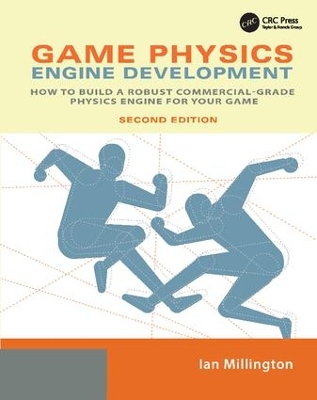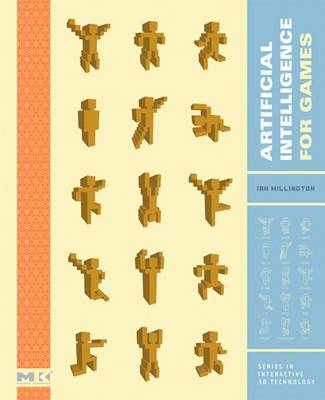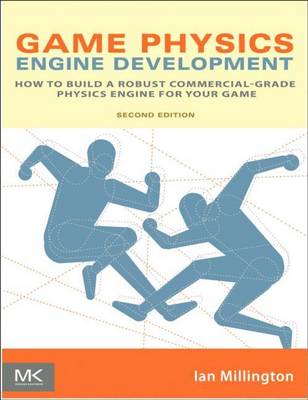Morgan Kaufmann Series in Interactive 3D Technology
3 total works
Creating robust artificial intelligence is one of the greatest challenges for game developers. The commercial success of a game is often dependent upon the quality of the AI, yet the engineering of AI is often begun late in the development process and is frequently misunderstood.
In this book, Ian Millington brings extensive professional experience to the problem of improving the quality of AI in games. A game developer since 1987, he was founder of Mindlathe Ltd., at the time the largest specialist AI company in gaming. Ian shows how to think about AI as an integral part of game play.
He describes numerous examples from real games and explores the underlying ideas through detailed case studies. He goes further to introduce many techniques little used by developers today. The book's CD-ROM contains a library of C++ source code and demonstration programs, and provides access to a website with a complete commercial source code library of AI algorithms and techniques.


